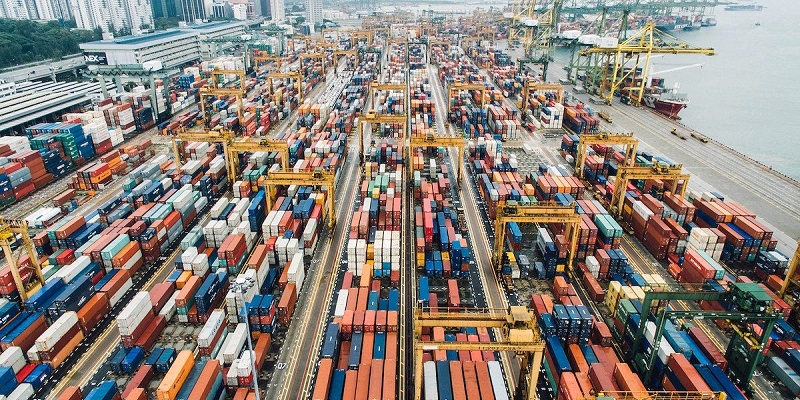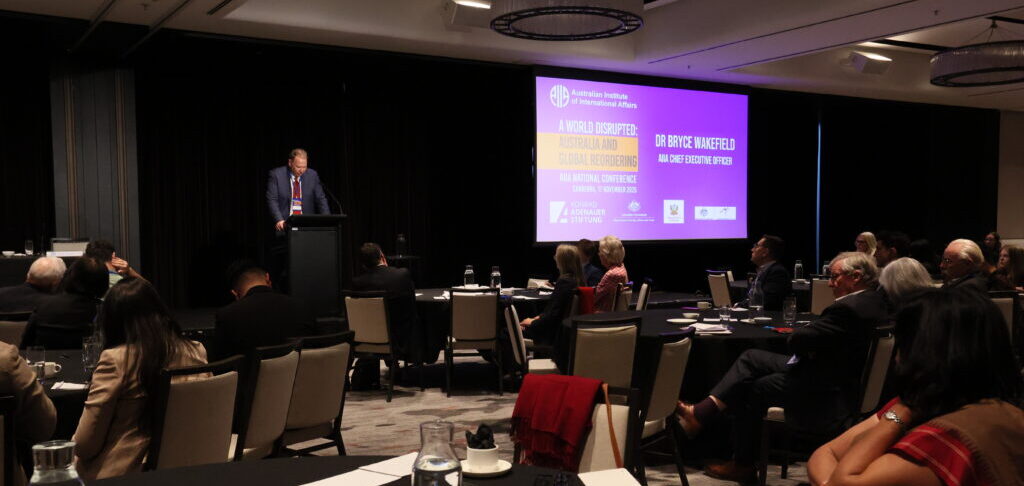With the success of Anthony Albanese and the Labor Party in the election, Australia’s China policy is likely to continue along its current trajectory of cautious stabilisation while preparing for a rise in potential flashpoints. Looking ahead to Albanese’s second term, managing crises to ensure stability is a major task given the foreseeable uncertainties caused by external changes.
When Labor took office in 2022, Australia–China relations were frozen at their lowest point in decades. Scott Morrison had adopted an increasingly confrontational stance, and Beijing’s subsequent imposition of punitive trade restrictions on Australian exports caused years of stagnation.
The Albanese government quickly distanced itself from this approach, instead seeking “respectful, if cautious, cooperation with Beijing.” Meanwhile, it maintained a firm commitment to key security frameworks grounded in the US alliance, increased defence spending, and enhanced cooperation with like-minded countries, including Japan, South Korea, and India.
This measured approach has delivered tangible results. Economically, by the end of 2024, Beijing had lifted the final trade restrictions from its campaign of economic coercion. In November 2024, a record number of Australian companies attended China’s International Import Expo, with Trade Minister Don Farrell projecting trade with China to grow to AUD$400 billion. Politically, high-level diplomatic engagement resumed with multiple senior-level conversations, including three rounds of leaders’ meetings. Following her December 2022 meeting with Wang Yi in Beijing, Foreign Minister Penny Wong acknowledged ongoing differences but framed the challenge as one of “navigating those differences wisely.” This pragmatic stance recognises that while fundamental disagreements persist, both nations have strong economic incentives to maintain functional relations. Compared to the former strained dialogues in Beijing and Washington, a cooperative and flexible posture helps prevent further deterioration in ties with China.
Based on three years of this normalisation, the Labor Party has shown two key trends: pragmatic engagement and strategic equilibrium. This approach traces its roots to Gough Whitlam’s historic visit to China in 1973. Over time, its policies have often been described as more measured and intelligent, its diplomacy more stable towards Beijing. Importantly, a strategic equilibrium has been maintained through Labor’s cautious distancing from great-power partisanship—balancing deterrence, diplomacy, and development.
What do these two trends mean?
Pragmatic engagement prioritises sustained stabilisation over confrontation. In contrast to the Coalition’s megaphone diplomacy, which intensified tensions post-2018, Labor manages disputes on a case-by-case basis to prevent spillover into broader relations. This compartmentalised strategy allows the government to address security concerns without sacrificing economic interests. It defuses flashpoints through established dialogue mechanisms rather than through public posturing. While disagreements are inevitable, they need not derail cooperation on mutual interests. The contrast with the COVID-19 inquiry episode illustrates how measured diplomacy can prevent tactical disputes from escalating into strategic crises—especially in a relationship too economically significant to jeopardise.
For instance, despite periodic tensions over the past three years—such as the suspended death sentence given to Australian writer Yang Hengjun in February 2024, the Yellow Sea incident in May involving a Chinese fighter jet and an Australian navy helicopter, and Chinese warships appearing in the Tasman Sea in early 2025—none escalated into full-blown diplomatic ruptures. Given the CCP’s sensitivity to face and status, gestures of mutual respect from smaller powers—short of subservience—often prove more effective than open confrontation. This behind-the-scenes diplomacy was vindicated by Cheng Lei’s release in October 2023 after three years in detention.
Strategic equilibrium, meanwhile, reflects a sophisticated middle-power strategy in the Indo-Pacific. It aims to foster a regional environment where nations are not forced into binary alignment with either the US or China. Labor has placed ASEAN and other regional actors at the heart of this vision, recognising that “Australia must find its security in Asia, not from Asia.” In recent years, Australia has built stronger alignment networks with Japan, South Korea, ASEAN, India, and the Pacific Islands. The principle of strategic equilibrium guides Australia to cooperate with a broader coalition, not only the US—to deter, rather than directly confront, China’s potential disruption of regional stability.
What lies ahead?
A more confident, triumphalist China
China, emboldened by a rising sense of triumphalism in the disruptions of Trump-era unilateralism, is likely to become more assertive. Naval drills near Australia’s maritime zones suggest that Canberra is on Beijing’s “warning list.” Yet, it is politically and militarily reasonable to argue that Beijing has no intention of provoking conflict in far waters. In this context, Labor’s measured and pragmatic approach is more effective than sabre-rattling. A firm but proportionate response to provocations—without inflaming tensions through public denunciations—maintains operational presence while avoiding escalation.
Targeted economic pressure
Although Beijing has formally lifted most trade restrictions, more subtle economic coercion may continue—via customs delays, regulatory barriers, or informal boycotts—especially during political disagreements. However, with Beijing broadly satisfied with the current state of bilateral ties, such tools are less likely to be redeployed. China needs to present itself as a cooperative power, not an unpredictable bully. During his first term, Albanese invested significantly in reorienting trade relations with China, reinforcing them as a ballast of the broader relationship. More recently, China expanded access for Australian lamb and mutton as part of a diversification strategy, partly in response to renewed US tariffs. Labor’s twin strategy—rapprochement with China and diversification of trade partners—will likely continue.
The securitisation challenge
Security and counterintelligence issues will remain sensitive. Allegations of Chinese espionage, political interference, and broader national security threats will continue to surface, frequently making headlines. Albanese’s stated commitment to ensure the Chinese-leased Port of Darwin is returned to Australian control exemplifies ongoing securitisation concerns. This expected crisis will be a political test of the fragile but hard-earned renewal of China–Australia cooperation. The extent to which such issues undermine mutual trust remains an open question.
Trump: the elephant outside the room
China has long viewed its relationship with Australia as an extension of US–China dynamics. Trump’s “long shadow” continues to influence Beijing–Canberra relations. In recent years, Labor has demonstrated a degree of independence from US leadership, embracing a more active middle-power diplomacy. Albanese is expected to uphold this strategic equilibrium—resisting the pull of great-power rivalry while retaining diplomatic agility.
Before Scott Morrison’s 2020 call with Trump, which led to the rushed push for a COVID-19 inquiry and infuriated Beijing, Australia enjoyed a privileged position of not being forced to choose sides. That history has proven that keeping options open, instead of rushing to take a side, could serve Australia’s interests the best.
Conclusion
Labor’s second-term China policy will likely continue the delicate balancing act begun under Albanese’s first term—avoiding both the Coalition’s hawkish confrontation and the uncritical engagement advocated by some former Labor figures such as Paul Keating.
It must be acknowledged that “dancing with giants” inherently carries risk. We will see more uncertainties, frictions, and crises in the following four years. This means we must tighten the reins even further to prevent the horse from running wild amid the noise of international politics, lest Australia (unconsciously) sleepwalk into the trap of great-power competition.
Guangyi Pan is a Lecturer in International Political Studies at UNSW Canberra. Email: guangyi.pan@unsw.edu.au
This article is published under a Creative Commons License and may be republished with attribution.




